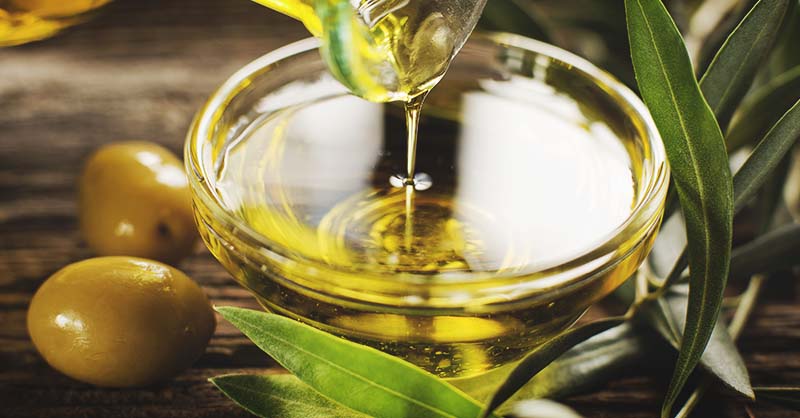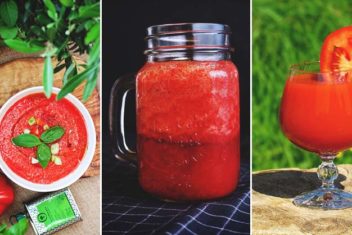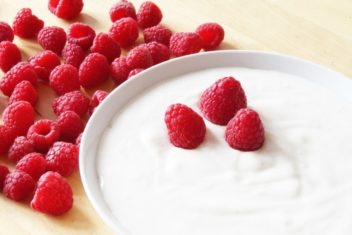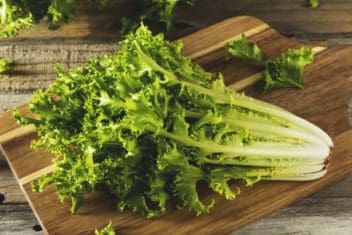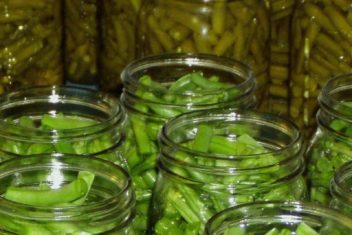Trying to be completely self-sufficient? Why not add homemade olive oil to your impressive survivalist skillset?
There is nothing better than having complete control over what you consume and you can do that by making raw products yourself. You know exactly where it’s coming from, who handled it, and what is in it. One great raw product you can make yourself is healthy fats–and that’s exactly what olive oil is!
Making homemade olive oil may initially seem like a messy process, but we share the steps with you, and in no time you will have perfected your technique. Since olive oil is such an expensive commodity, we will even share some background information and buyer’s tips further down.
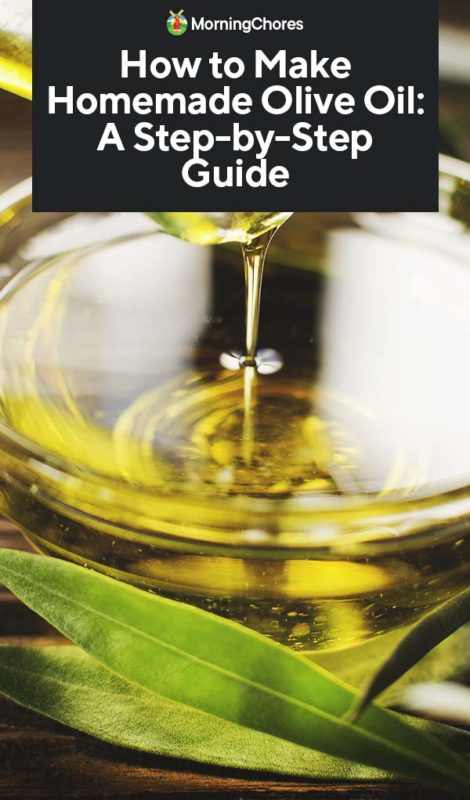
How to Make Healthy Homemade Olive Oil
Step 1. Pick Your Olives

There are many types of olives out there. In fact, there are over 1,000 different kinds to choose from. The most common type of olive used for cold-pressing is the green olive.
Some commercial producers use a combo of green and black olives. When all is said and done, it’s up to you which olive you pick for your oil. Each olive gives a different flavor, just like different kinds of fruit juices.
Olive oil flavors are subtle, but in extra virgin oil, you should be able to taste olives. Once you know what you prefer, you can tap into your favorite olives over and over.
– Grow your Own
Ideally, you would want to grow your own olives to be fully self-sufficient. If you live in the southern states of the US, you can grow your own olive trees with one stipulation: temperature.
As long as you know your trees won’t have to face temperatures below 20° Fahrenheit, you can plant gorgeous olive trees.
– Local Markets
Some specialty stores may carry fresh olives, but they will be few and far between in the majority of the world. If you live in a warm climate, you can find farmers that will offer this bitter fruit at local markets.
– Canned Olives
Olives that are overripened will create an oil that will spoil so don’t use canned olives.
Step 2. Gather Your Equipment
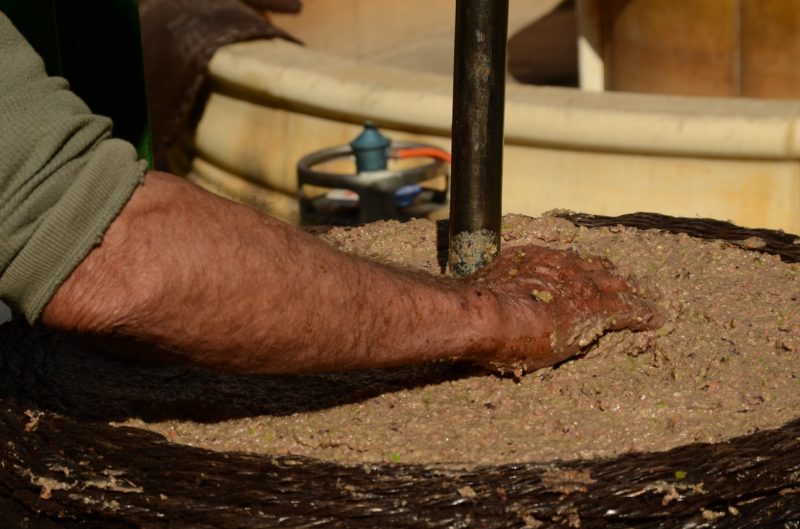
Assuming you’ve found a supply of fresh olives, you will need the following equipment for an easy DIY way to make the oil:
- A grinding mechanism like a millstone (if you don’t happen to have a millstone handy, you can get small grinders or mallets–this will be more labor-intensive but it will also be less costly).
- Immersion blender
- Anything weighty (heavy wood, cinder blocks, books, whatever you’ve got)
- Surface to press and collect pomace upon
- Holding containers for the separation
- Dark green bottles
- Funnel
Although it may seem like a long list of supplies, many of these will be a once-off purchase which you can use again and again.
Step 3. Prepare the Olives
Carefully harvest your olives if you’ve grown your own. Even though they may seem like hardy fruit, even olives can bruise if harvested roughly.
Gently upend them in a big basin of cold water and slosh them around, washing them with care to ensure they are thoroughly clean.
Give them a rinse with cool water and turn them out onto a strainer, allowing the olives to drain over your sink.
Step 4. Crushing and Grinding
Now for the fun yet messy part – crushing and grinding. Crush and grind your olives, pits and all, using the millstone, if you were fortunate enough to get one.
If you don’t have a millstone, you may have to use a small coffee grinder or mallets. Spread plastic on your working surface to make clean-up easier.
A great project to get your family involved with, you can take turns with the kids to see who can smash the most olives with your mallets.
By now you should have a rough paste, which you can place into a blender and create a finer paste.
Once you can see oils on the surface of the paste, it is ready for pressing.
Step 5. Press that Oil Baby!
Spread the fine paste onto your chosen oil press surface. Ideally, you should be able to tilt it.
Next, spread cellophane either over the paste, or cover the heavy object that you will be using.
Place this heavy object on top of the olive paste.
Once that is done, carefully tilt the surface you are pressing your oils on, allowing the liquid to flow into your holding containers where the oil will separate from the rest of the liquid.
Step 6. Separation
Allow this liquid in the holding containers to sit and separate for two hours.
Now you can slowly pour the separated oil from the container into your green oil bottles with a funnel.
Cork your homemade olive oil in the dark bottles, and store in a cool, dry place.
Lastly: Storage
Because your olive oil has no added preservatives, it will last about two years and eventually go bad. That is of course if you don’t use it. So use your homemade virgin olive oil for all your baking and cooking needs – it is healthy, beneficial, and best of all – homemade.
Label it the day that you make it and add the date, before placing it in your selected storage area.
How Extra Virgin Olive Oil is Traditionally Made
Typically, extra virgin olive oil is made at large mills by a method called cold-pressing. You may have seen this term on some of your favorite healthy smoothies more recently.
Basically, olives are pressed through a machine and oils are collected while the rest of the olive is discarded. Cold-pressing eliminates the use of heat to extract oils, thus, it’s considered an unrefined oil; all the good stuff is left intact.
Olive oils in the grocery store are often labeled Extra Virgin, which is the highest grade olive oil you can get. However, it’s quite possible that it’s virgin olive oil.
Since Extra Virgin Olive oil is the purest, most unadulterated oil you can get, it will be free from additives, added flavors, and artificial coloring. Olive oil, in its purest state, is merely cold-pressed, and never heated or processed further.
Olives that go through the cold-press process are carefully handled by professionals that take oil pressing very seriously.
Unfortunately, the only way to tell if you will be reaping the benefits of extra virgin olive oil is through lab tests. Which is why making it for yourself will guarantee the best results.
Health Benefits of Making Your Own Olive Oil
When I talk about the health benefits of this oil, I’m talking about the real stuff – the extra virgin olive oil, because the rest of those fancy bottles are quite questionable. So, with that being said, these are the widely celebrated health benefits of olive oil:
- Antioxidants: Olives are full of beneficial antioxidants, which are known to prevent cell damage.
- Monosaturated Fats: These fats are the good fats, which is why the health gurus of the world suggest using olive oil vs. vegetable oil. Monosaturated fats may help lower the risk of heart disease, or stroke.
- Anti-Inflammatory Properties: This oil is said to have anti-inflammatory abilities, which is great for those with ailments like arthritis.
- Antimicrobial Properties: According to the National Center for Biotechnology Information, “…olive oil could be a hurdle component in certain processed foods and exert a protective effect against foodborne pathogens when contaminated foods are ingested.”
I know, that’s a lot to swallow, but basically, the studies conducted demonstrate olive oil’s ability to slow or stop the spread of bacteria.
Cost Savings of Homemade Olive Oil
Of course, we can’t talk about the benefits of making your own olive oil without mentioning the money factor.
A true, pure, extra virgin olive oil can cost $30–ouch! So, think about that when you are buying your olive oil in the store. In some cases, you do get what you pay for.
Making your own oil, once you have all the tools, will cost pennies. If you see yourself making oil often, consider investing in equipment (like an oil press, fruit press, or grinder). The initial costs will set you back a bit, but just think of all the olive oils you can make!
Conclusion
With such health and cost benefits, you should definitely consider making your own olive oil. Even if you do not live in the sunny southern states and even if it is not your aim to be totally self-sufficient. Being able to tell your friends that you press your own olive oil, will be a feather in the cap of any homesteader.
Then just a last practical note on what I found during my research. When shopping for extra virgin olive oil, always read the label. If there is very little information, no harvest date, or mill name on the label, pass it up. Sometimes extra virgin olive oil is also diluted with other plants, like soybeans, so keep an eye on the label for additives.
